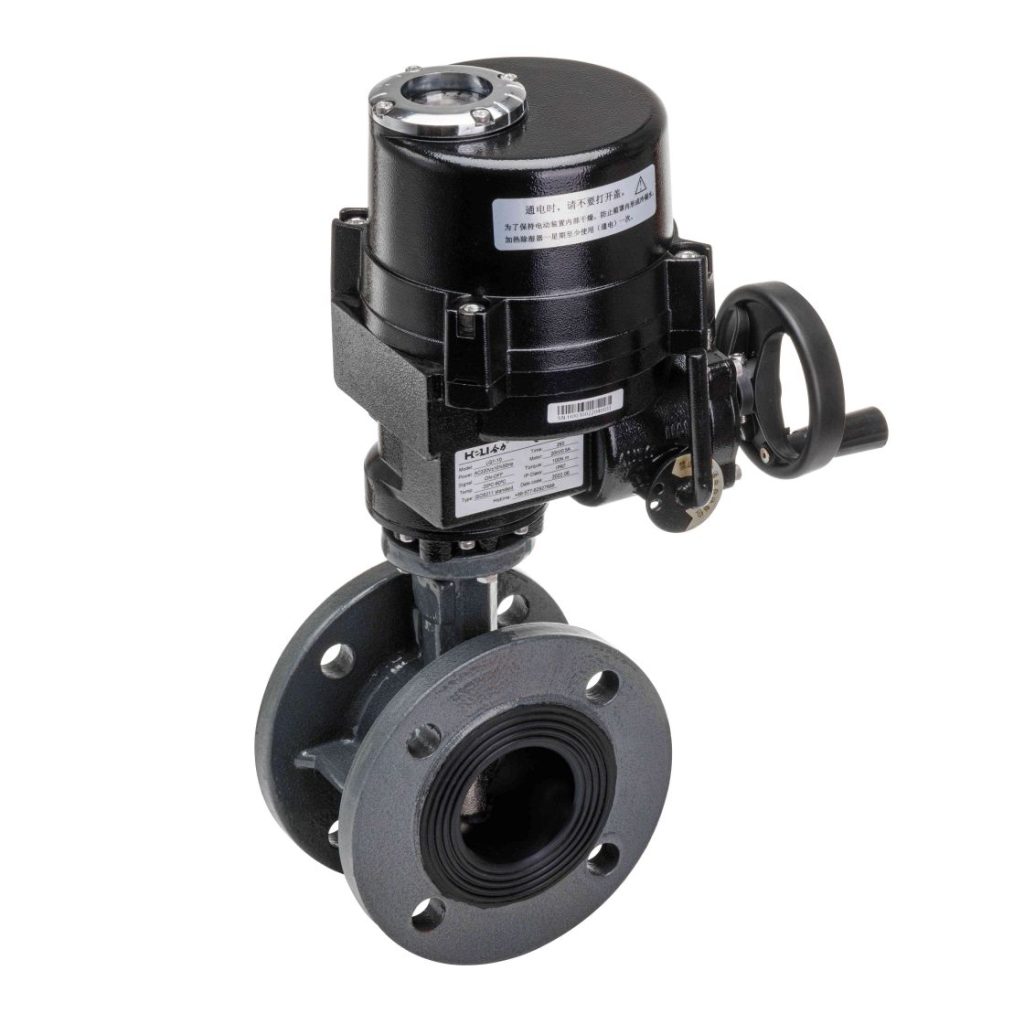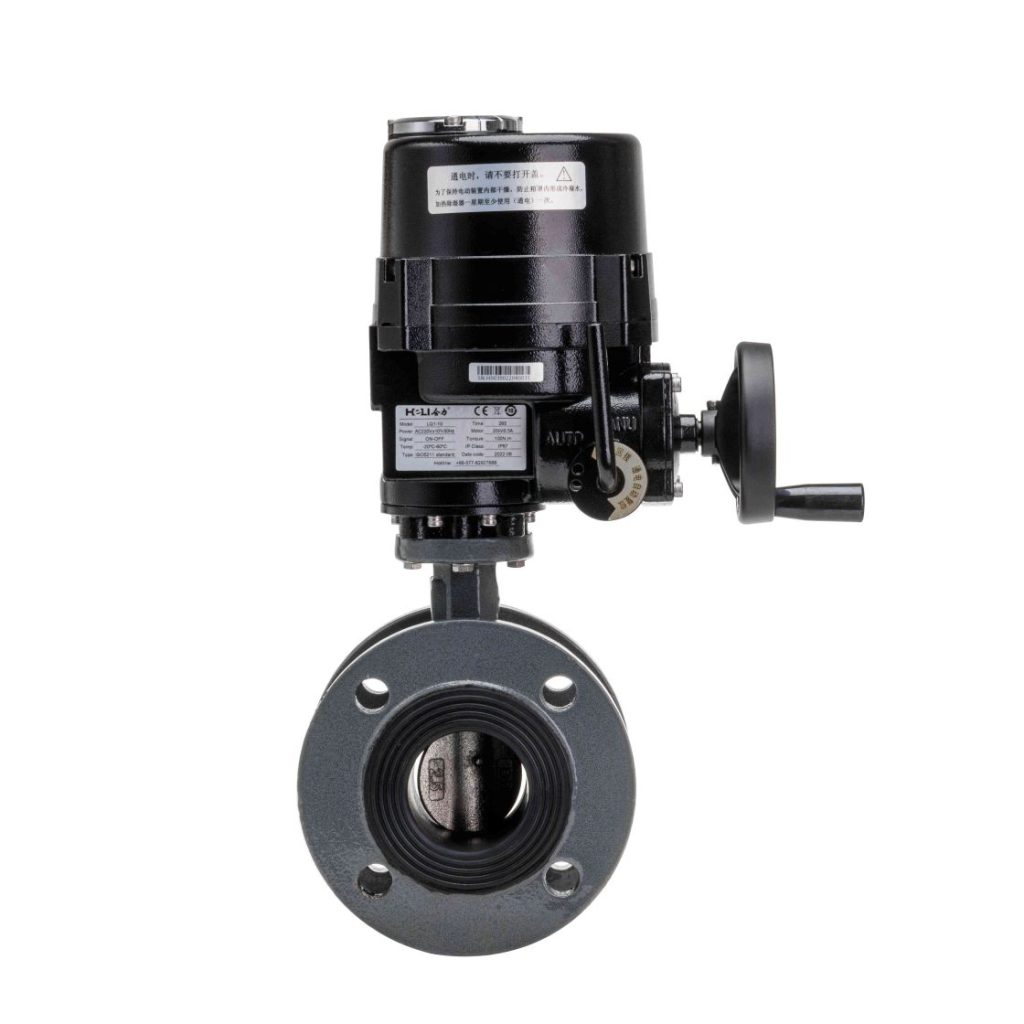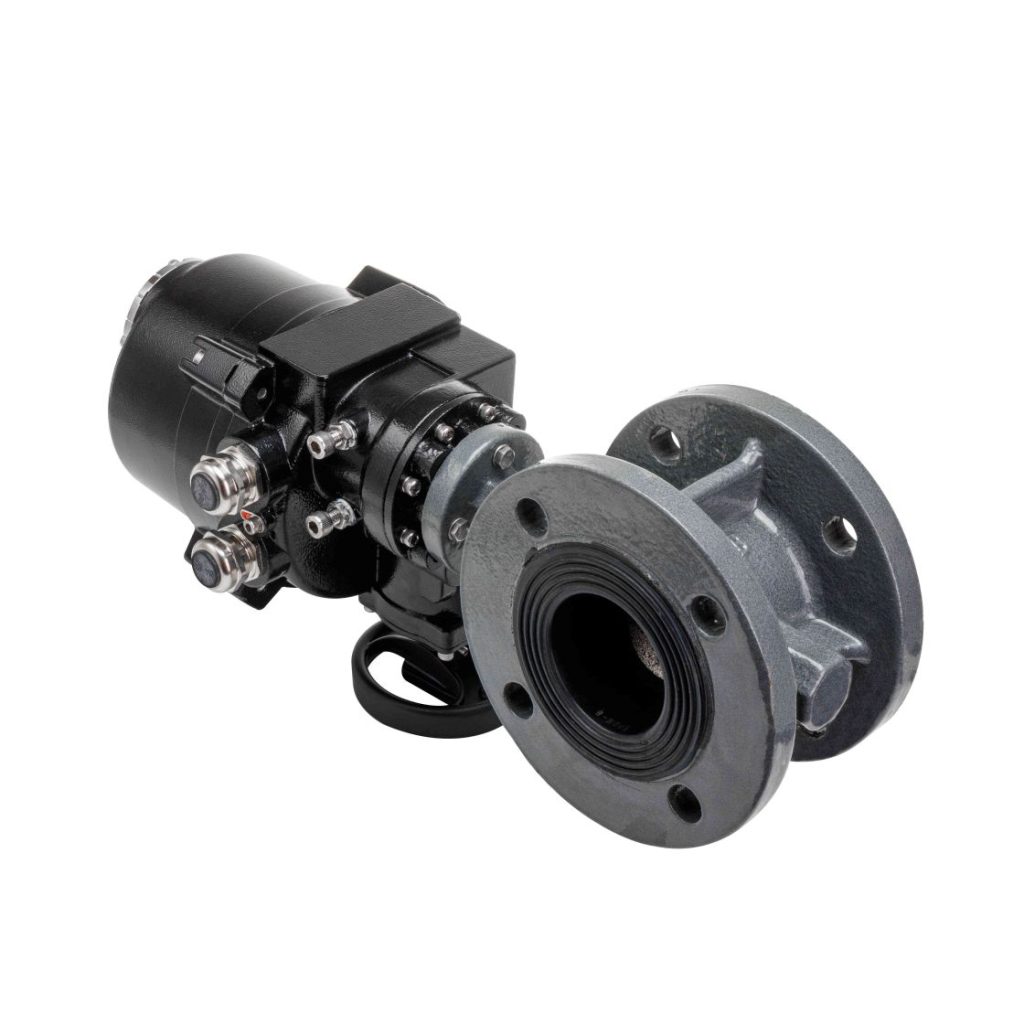In modern industries, precision and durability are essential in controlling the flow of fluids in pipelines. One of the most efficient and reliable components to achieve this is the Stainless Steel Electric Ball Valve. These valves are commonly used in various applications such as water treatment, chemical processing, oil and gas, food and beverage, and HVAC systems. The combination of stainless steel and electric actuation offers numerous advantages, making the stainless steel electric ball valve a preferred choice for many industries. This article delves into the features, benefits, and applications of this advanced valve technology.

What is a Stainless Steel Electric Ball Valve?

A ball valve is a type of valve that controls the flow of a fluid through a spherical ball with a hole (or bore) through the middle. When the hole is aligned with the flow, the valve is open, and when it is perpendicular to the flow, the valve is closed. The electric ball valve incorporates an electric actuator, allowing for automatic control of the valve without manual intervention. This makes it ideal for applications where remote control or integration into automated systems is required.
The stainless steel component refers to the material used for the valve’s body, ball, and other critical parts. Stainless steel is chosen for its excellent resistance to corrosion, high durability, and strength, which make it an ideal material for handling fluids that may be aggressive or corrosive in nature. Furthermore, it ensures that the valve can withstand high temperatures and pressures, enhancing the valve’s performance in demanding environments.
